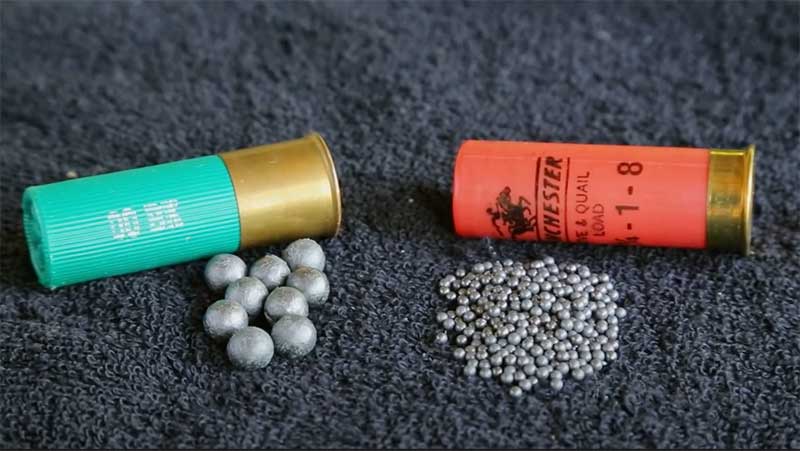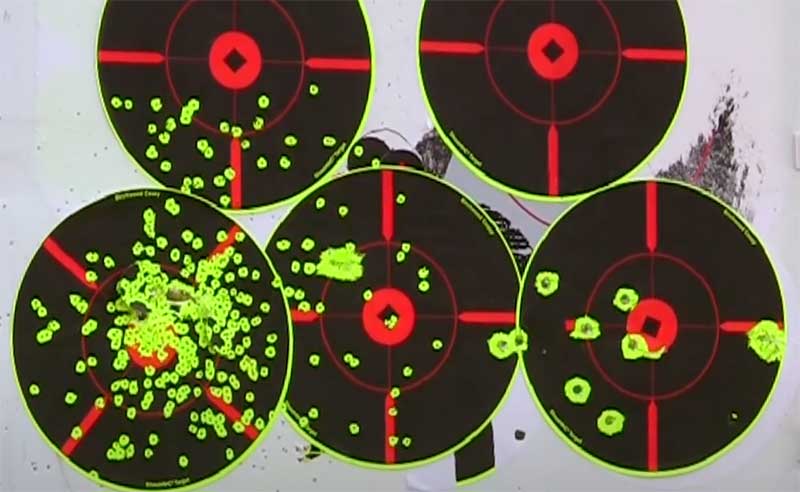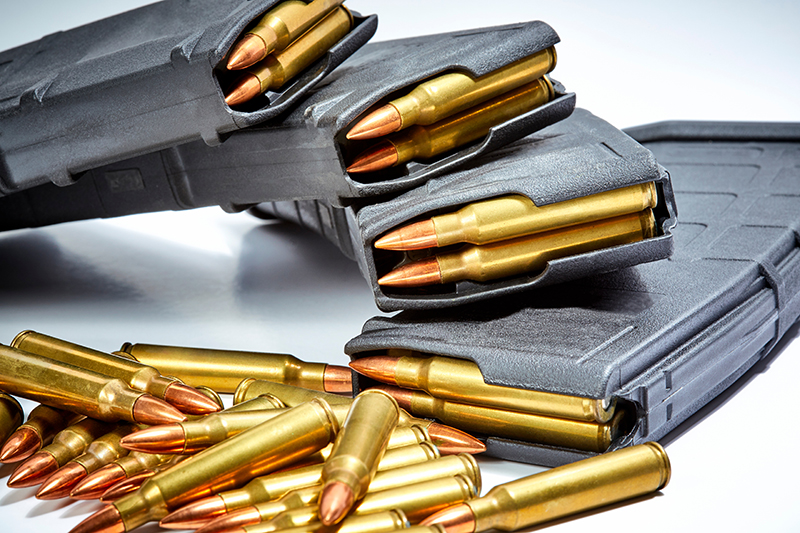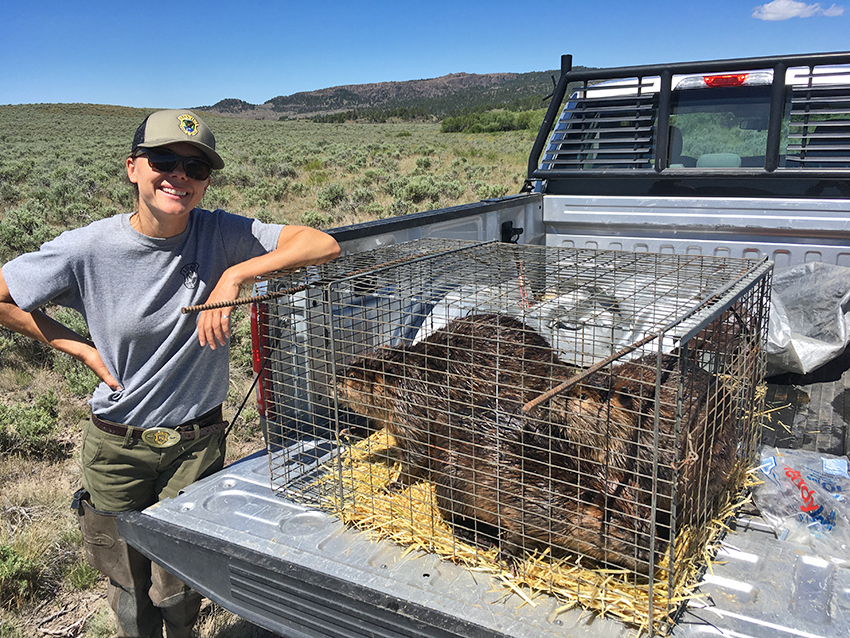Buckshot vs. Birdshot
For a Home-Defense Shotgun
In this day and age ...
… self-defense in the home is more than just getting a shotgun and calling it good. In fact, it’s because shotguns are so versatile — used for hunting all manner of beast and fowl and able to use a variety of shells to get the job done — it’s equally important to choose the right shell or load when using this type of gun for self-defense.
Usually the two types of shells we tend to gravitate toward for self-defense are some form of birdshot — a shell packed with dozens of tiny round metal balls, normally used for hunting birds — or buckshot — a shell packed with several larger metal balls, normally used for hunting medium-sized game such as deer. The idea, for self defense, is to inflict the right amount of damage on a target without jeopardizing anyone else should some of the shot miss. You’re also trying to avoid having any shot pass through the target and potentially harm anyone else. Some may choose to shoot a slug — a shell packed with a single large lead projectile — but this load is usually punishing for the shooter and almost always over penetrates.
This is no comprehensive training article about how to use a shotgun in a self-defense situation. We’re just going to focus on the matter of birdshot vs. buckshot and simply provide you with some key considerations for how to choose the right load or shell for your self-defense shotgun.
Here are the basic differences:
Buckshot is comprised of nine pellets measuring about .32” or .33” in caliber. So, nine projectiles about a third of an inch in diameter. Birdshot is comprised of dozens of small projectiles. Buckshot is meant for medium-sized game. Birdshot is meant for bird hunting. (The size of birdshot varies depending on what type of bird you’re hunting; here we’re mainly referring to “number eight” birdshot, which means they are relatively small pellets.)
Which one is most effective in your home defense shotgun?
The answer to this question depends on your situation. Shooting buckshot is similar to shooting a .380 Auto or 9mm pistol cartridge. If you shoot it inside your house it will go through walls. In fact, it may go through multiple walls. If you live alone and out in the woods this may not be a problem. But if you have family members in the house or neighbors who are close, the likelihood of over penetration is a serious problem. And that’s maybe where birdshot may be a better option for you.
Since birdshot is very small the shot tends to under penetrate; it won’t travel through the walls of your house. This doesn’t mean, however, it is ineffective against an unprotected bad guy.
A test in my backyard range shows how buckshot and birdshot perform. The bottom line: At about five yards’ distance, they’re pretty much equally effective.
Granted, you can argue the buckshot may be more effective because it’ll penetrate better — and you’ll have a good point. But if you’re concerned about over penetration — specifically about other family members in the house — being armed with 12-gauge shotgun loaded with number eight birdshot will absolutely protect you and your family.
Why five yards’ distance? It’s essentially “across the room” for a defensive shotgun. With birdshot you get what’s called a “rat-hole effect wound.” While there’s shot spread over approximately a 12″ circle, a large portion of the shot concentrates in the middle of the target, creating a hole a couple inches wide — a very significant wound.
With the buckshot you have .32–.33-caliber pellets that spread out a little bit. It’s deadly and effective but birdshot may be more effective for you because it covers a larger area. And at five yards both loads would be very lethal and more than likely to stop any threat.
Remember, the advantage with the birdshot is the lack of over penetration, meaning the shot likely won’t pass through walls if you have shoot inside your own home. Buckshot could endanger neighbors or family members in other rooms.
What to do? Think about this and do a little experimenting to see what kind of patterns your shotgun makes with the different loads. Be sure, however, to make a wise decision. Always be safe, be sure of your target, make sure you have a light and get some training. Plenty for you to think about here.





